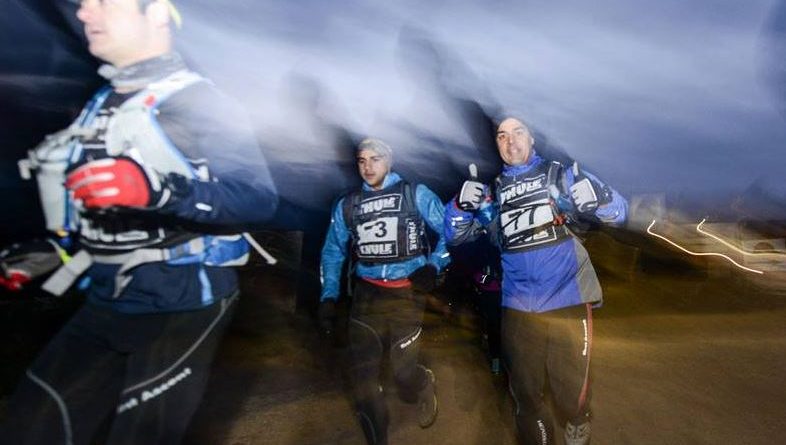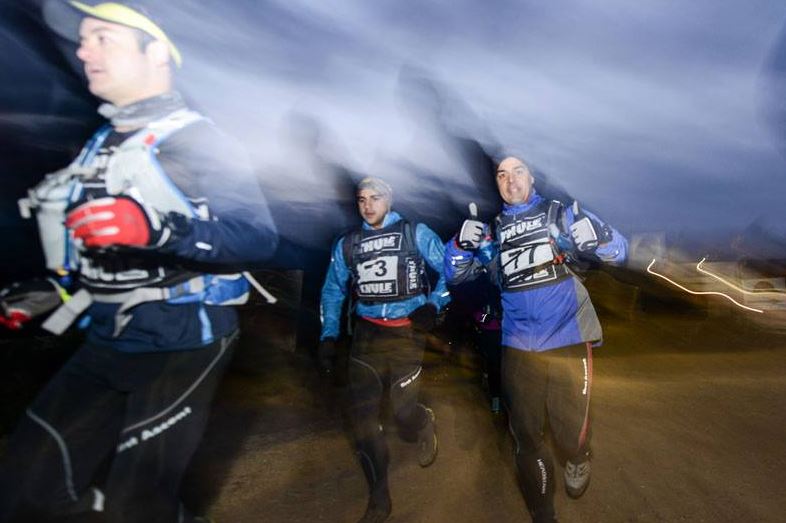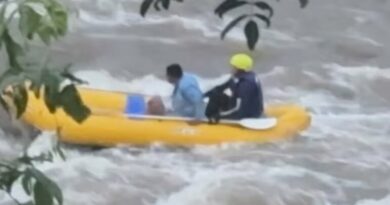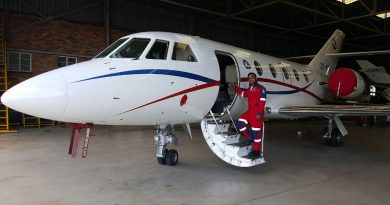What do action-adventure-extreme sports athletes need to know about risk insurance cover?
A few years ago, extreme or action sports were reserved for a brave few and the requirements were fairly simple — with the right kit, the right place and a generous dose of courage you were ready to go. But things have changed and these days action sport is a multi-million dollar industry. In fact, the total number of participants in the five most popular action sports – skateboarding, paintball, wall climbing, mountain biking and trail running – is more than 40 million in the USA alone, according to a report by Global Industry Analysts. And South Africa has not escaped the trend. Sports such as mountain biking are rapidly growing in popularity, motorsport remains a firm favourite among speed junkies and even cage fighting is gaining infamy among executives keen to work out their stress with some one-on-one bare knuckle combat.
So what do you do if you’re an action-adventure-extreme sports athlete and need risk insurance cover? Have you thought about what an underwriter will consider when assessing your application?
Dalene Allen, specialist risk consultant and co-founder of Altrisk, a specialist risk product provider, says avocations have a significant impact on the premium for life insurance. This is because participation in a dangerous hobby or pursuit will pose a significantly higher mortality risk. For example, a cave diver faces a greater personal risk than an average recreational diver, and is accordingly charged a higher premium for life cover.
“Certain hobbies may attract an additional loading on the premium offered, however the client can opt for an exclusion instead, especially in instances where participation is irregular or on an ad-hoc basis, and the client cannot justify the additional avocation (hobby) loading,” she adds.
But it is important to note that not all insurers automatically exclude avocations. Altrisk, for example, offers cover for once-off participation in an event. So a person who does a diving course while on holiday or a once-off bungee jump would be covered. Altrisk also doesn’t exclude or apply a loading for sports such as mountain biking. It is very important to check your policy wording in this regard.
Full disclosure
It’s essential that avocations that could be deemed dangerous are declared before the policy starts. If you take up such an avocation after the policy starts, you are obliged to let the insurer know.
“Even though hazardous avocations can impact on a person’s eligibility for cover and the offered rate, it’s extremely important to answer this section of the application honestly and completely. The insurer can rescind coverage if there is missing information or any type of non-disclosure.
“When it comes to disclosure, as a general rule provide the insurer with as much information as possible in order to ensure a fair assessment,” says Dalene.
Below are some examples of avocations and the type of information needed to determine the correct loading:
- Scuba diving
Normal recreational diving up to 40 metres would not be loaded by Altrisk provided it’s within the client’s qualifications. However, sports such as cave diving, potholing (a deep hole under water or a reef) and the like can carry an additional loading or, if preferred, an exclusion.
- Mountaineering
Altrisk considers the following factors for clients who are ardent mountain climbers:
-
- climbing alone increases risk, both technically or in the event of an accident;
- climbing without ropes is dangerous for more obvious reasons;
- mountains that are 6000 metres above sea level require extra skill to climb and brings an additional risk of altitude-related disorders such as pulmonary hypertension, hypoventilation and right heart failure (which is caused by respiratory failure).
- Aviation
To ensure a fair rate and appropriate cover, aviation rates are individually calculated according to the client’s personal experience. Altrisk uses an actuary, who is also an experienced commercial pilot, for these calculations.
Considerations to take into account include the type of aviation licence, type of aircraft, how much experience the pilot has and the number of hours he or she is expected to be in the air over the next 12 months. Even factors such as the type of airstrip and quality of airport used are considered in the assessment.
- Motorsport
As mentioned, not all insurers automatically exclude or load avocations. Motorsport safety standards have improved dramatically over the years not only in terms of practice, but also in terms of track conditions and management, vehicle design and protective wear.
Applicants with a valid motorsport licence could qualify for cover from Altrisk with no loadings or exclusions, although it is still the individual that is underwritten, so the client’s health and lifestyle still remains a key factor.
“Ensure that you have made full disclosure regarding the nature and frequency of these avocations,” Dalene says. “Make sure you get cover from an underwriter with the necessary expertise to rate you fairly and on an individual basis.”
And when it comes to application stage, don’t ever assume that something is not important. “If it crossed your mind, the underwriter needs to know about it. Make sure that you contact your financial advisor to ensure that you have a financial plan in place that secures your financial position while you get to enjoy the thrills of your chosen action sport,” concludes Dalene.
For more information go to www.altrisk.co.za






